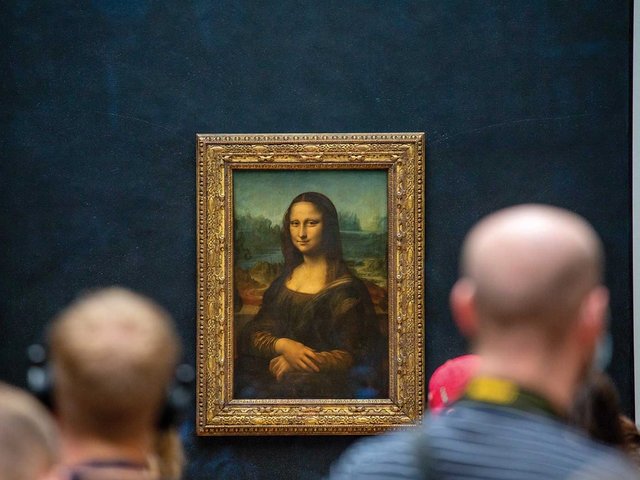Leonardo’s most celebrated work, the Mona Lisa, has deteriorated so significantly over the last year that conservation experts at the Louvre have ordered urgent analysis of its condition, to be carried out early next year when the work is removed from its current display case and installed in a new climate-controlled vitrine. It will then be moved to a new specially designed gallery as part of a E2.3 million project paid for by the Japanese company, Nippon TV. Although this project was announced a few years ago, it is finally coming to fruition.
A routine study of the work in May revealed that the thin poplar wood on which it is painted has begun to warp. Although the warping has occurred at the rate of “less than a millimetre” over the past year, according to Vincent Pomarede, chief curator of the Louvre’s paintings, one side is buckling at a faster rate than the other, causing “some concern”.
The painting’s surface has been badly discoloured for many years, its brownish cast caused by the accumulation of dirt and chemical changes to the varnish, but the Louvre has consistently resisted calls for the work’s original colours to be restored, for fear of damaging the delicate sfumato effects built up through thin layers of oil paint.
The state-run Centre for Research and Restoration for Museums of France is to conduct an in situ study of the painting at the beginning of next year to determine how best to halt further decline.
The work, believed to have been painted between 1503 to 1506, currently hangs in an air conditioned box of bullet-proof glass in a gallery devoted to the Italian Renaissance. This case, which protects the work from fluctuations in the humidity levels of the gallery caused by the 6 million people who visit each year, is made of glass so thick that it obscures visibility.
A new vitrine, into which the painting will be installed next spring, is now being designed by Goppion, the Italian firm which also made the cabinets that hold the Crown Jewels in the Tower of London.
The new vitrine is being designed to protect against every conceivable type of threat: humidity, heat, light, theft, vandalism—even terrorism. Goppion’s experts are also devising a new type of glass that will combine the highest levels of security with optimum transparency.
Alessandro Goppion, head of the firm, assures The Art Newspaper that the visual reading of the painting will be considerably improved by the new cabinet.


